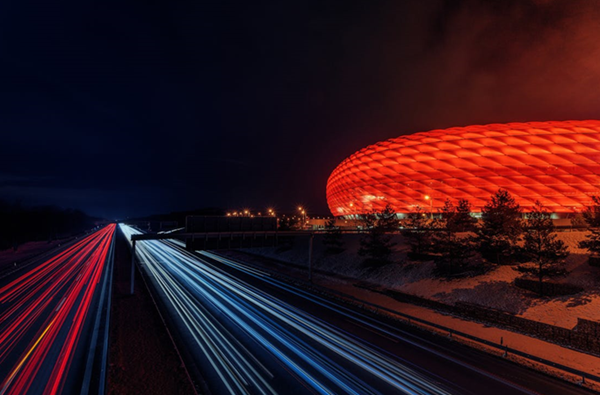Football isn’t just a game — it’s a global ritual. And nowhere is that ritual more alive than inside the world’s most legendary stadiums. These aren’t just sports venues; they’re temples where memories are made and history is written. No matter if you’re following the match or squeezing in a little blackjack practice online during halftime, these places have a way of pulling you in.
According to the team at Blackjackdoc, there’s no better way to understand football’s global impact than by visiting one of these iconic stadiums in person. Each one tells a story — some of them decades long. Here’s a look at seven of the most iconic stadiums around the world:
- Santiago Bernabéu – Madrid, Spain
- Camp Nou – Barcelona, Spain
- Wembley Stadium – London, England
- Maracanã – Rio de Janeiro, Brazil
- San Siro – Milan, Italy
- Anfield – Liverpool, England
- Estadio Azteca – Mexico City, Mexico
Stadium Stats: Size and Significance
Let’s start with a quick overview and compare key details like size, age, and legendary events tied to each ground:
As we can see, each of these venues has been the stage for unforgettable moments.
Football Icons of Spain
Spain is home to two of the most powerful clubs in football history, and their stadiums reflect that prestige.
Santiago Bernabéu
This Madrid landmark has hosted Real Madrid since 1947. Dedicated to one of the club’s most powerful presidents, the Bernabéu has seen it all — Champions League finals to a Copa Libertadores showdown. Its 2023 €1.7 billion refurbishment added a cutting-edge retractable roof and even a slideway pitch beneath the earth. It’s no longer a stadium; it’s an entertainment complex operating seven days a week.
Camp Nou
Camp Nou, with almost 100,000 seats, is still the European stadium of scale. It is not just the home of FC Barcelona — it is a cultural icon. The fervor here on match days for El Clásico cannot be replicated anywhere else in football. Overhaul is already in progress under Espai Barça, which has as its goal to modernize the stadium without banishing its spirit.
The English Giants
England gave football to the world, and its stadiums carry that weight. These two grounds are steeped in tradition, pride, and unforgettable matchday experiences.
Wembley
Wembley may well be the most legendary football stadium in the world. The twin towers are gone, but the spirit remains. From the England national team to the FA Cup Final or even a U2 concert, the stadium has the ability of making everything feel larger than life. With 90,000 seats and the majestic arch looming over London, Wembley is both modern and mythic.
Anfield
If you’ve never heard “You’ll Never Walk Alone” sung live at Anfield, put it on your list. This stadium breathes Liverpool’s identity. The new Anfield Road stand has pushed capacity past 61,000, but the intimate, electric feel remains. On European nights especially, it’s not just a game — it’s a force of nature.
South American and Global Icons
Outside Europe, the game pulses with just as much intensity — and often, even more flair. These stadiums are tied to the greatest moments in football history.
Maracanã
This Rio stadium once hosted nearly 200,000 fans. Even now, its capacity is a bit more sensible, but its aura hasn’t changed. Maracanã is where Brazil lost heartbreakingly in 1950 and won gloriously in 2014. It’s where Pelé scored his 1000th goal. It’s where football and emotion meet on sacred turf.
Estadio Azteca
Set high in Mexico City, the Azteca is football royalty. It’s the only stadium to host two World Cup finals — and it’s about to host a third in 2026. Maradona’s infamous “Hand of God” and “Goal of the Century” both happened here. The atmosphere is raw, passionate, and unforgettable.
San Siro
Few stadiums feel as intense as San Siro. Shared by AC Milan and Inter, the place has seen it all — from Serie A clashes to epic Champions League nights. The architecture is bold and brutal, and while plans for a new stadium are on the table, fans continue to fight for the old ground’s survival. It’s a monument to Italian football history.
